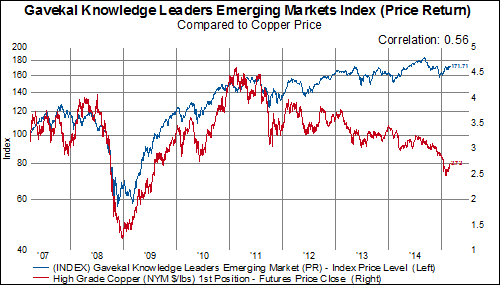Something special appears to be going on for South African Apparel Retailers these days. With one member breaking out from a multi-year consolidation and the other two moving up from substantial base formations, this group looks interesting on a technical basis:



In addition. the sub-industry has been one of the best performers among all MSCI South Africa so far this year:

And, on an intangible-adjusted valuation basis, the group is not extremely expensive-- especially when compared to some of the South African Cable & Satellite or Financial sector's sub-industries:

While the 3.2% dividend yield is just average among its peers in the same country, it trails only the Food Distributor sub-industry with respect to regularly increasing those dividends each year:

The South African Apparel Retail group is also one of the leading investors in advertising and firm-specific resources-- an important indicator of constituents' commitment to investment in performance enhancing intellectual property (for more on the difference investments in intangibles can make, see here):

In addition to relatively healthy cash levels...

The group also has very low net-debt levels:

All of which helps to generate strong profitability:

So, while our point-and-figure charts are perhaps most useful in helping us avoid instances of big relative underperformance, the positive trends that we spot there (such as the bases and breakouts shown above) can be extremely useful in our efforts to "water the flowers and pull the weeds".























